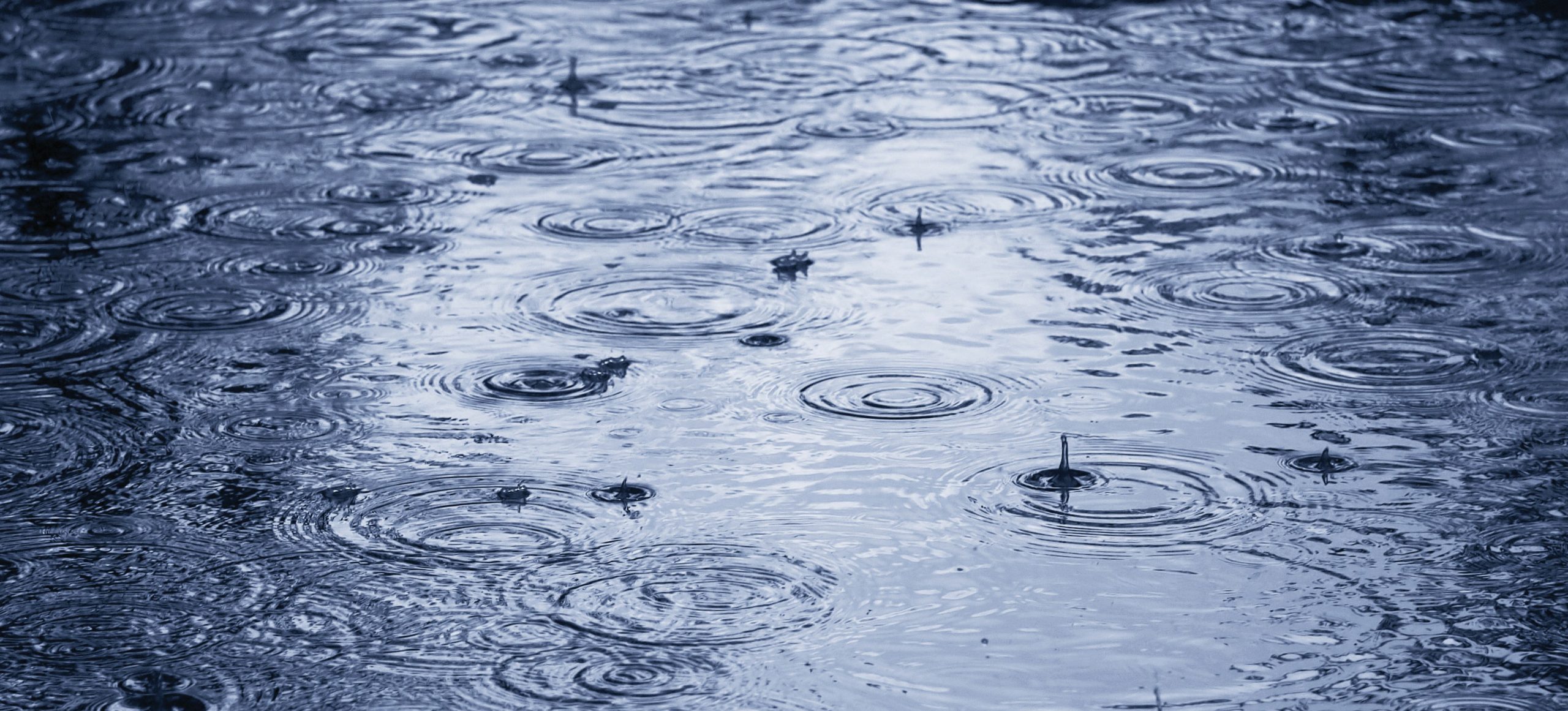
The site we studied is an almost flat field just outside the town of Corvallis in the Willamette Valley of western Oregon, USA. The soil is a clay loam, derived from alluvial deposits of the Willamette River. Despite the very low slope, there is no under-drainage (see Inset 1). This because the climate is ‘wet Mediterranean’: most of the rain falls between October and May, with almost none in the summer. A lt hough t he soil becomes saturated during the winter, it soon dries out during the warm growing season so that investment in under-drainage is not necessary. Open ditches provide the necessary surface drainage. The crop is grass. There is no proper channel draining this field; water simply f lows along the lowest part of the field and drains to a ditch via a culvert under the adjacent road.
The infiltration capacity of a soil is the maximum rate at which water can enter the soil surface. If the rainfall intensity is heavier than the soil surface can cope with, then excess water will pond on the surface. When individual puddles fill up, they start to spill over into adjacent puddles. Eventually, the flow lines connect right across the soil surface and water starts flowing downslope and out of the field. This is infiltration-excess overland flow (Figure 1). In our field, the soil has a high infiltration capacity so that, despite heavy and long-lasting storms, all the rainfall can be absorbed by the soil. No infiltration-excess overland flow is generated from this field.
Your organisation does not have access to this article.
Sign up today to give your students the edge they need to achieve their best grades with subject expertise
Subscribe




